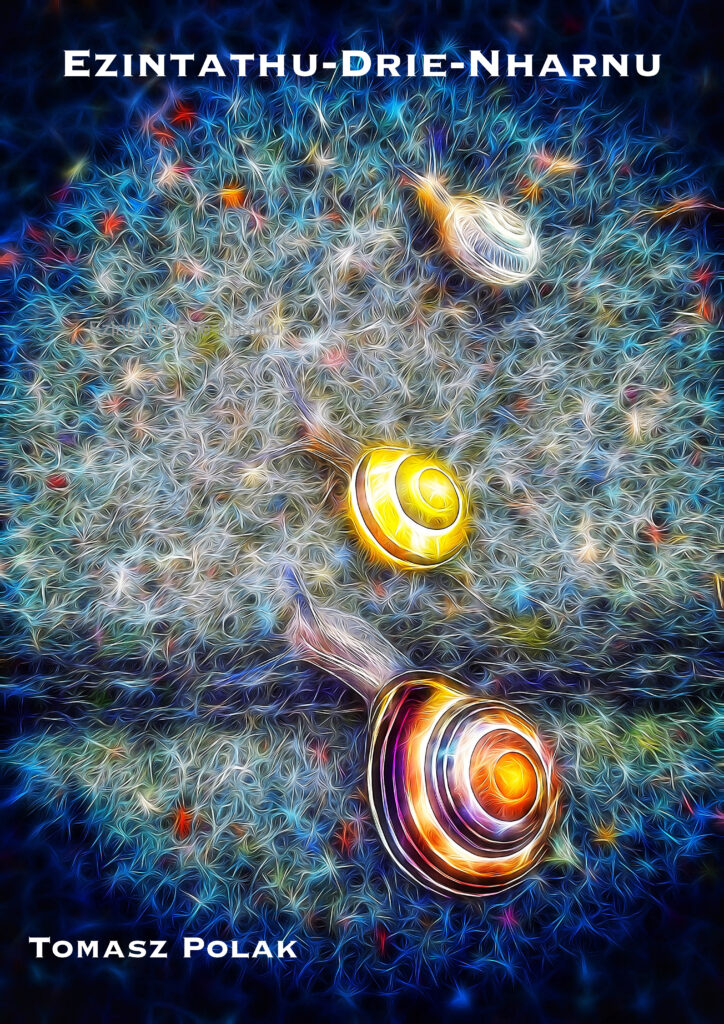
Movements:
Anabacoa Zulu
The finale, fusing Cuban folk tune references (notably “Anabacoa”) with energetic Zulu-inspired rhythmic drive. It merges chant-like phrasing with heavy percussion, ending the cycle in a cathartic burst followed by a fading echo.
Chemba Chemba
A ritualistic opening inspired by East African dance rhythms. Sparse textures gradually grow in intensity, with the guitars used percussively and melodically. The piece unfolds like a processional chant.
Izibughu
Named after a traditional South African instrument or buzzing timbre, this movement focuses on frictional sounds, tremors, and buzzing resonances. It evokes the earthy texture of tribal drumming and grounded movement.
Ionian Pentatonic Tresilo
A hybrid of Western pentatonic modes and the Afro-Caribbean tresillo rhythm (3+3+2). It’s both hypnotic and syncopated, a study in cross-cultural layering of metric cells and modal fragments.
umAfrica iPentatonic
An ode to the African pentatonic scale. Built from interlocking motifs, this movement emphasizes call-and-response phrasing and a floating, cyclical pulse. It recalls traditional vocal polyphony through instrumental dialogue.
Kisi
Inspired by the Kisi people near Lake Tanganyika, this is the most intimate and restrained piece in the cycle. It explores heterophonic lines and microtonal inflections, evoking a quiet landscape shaped by breath and silence.
Raga
A meditative tribute to Indian raga form. Using natural harmonics, sliding tones, and prepared textures, the piece imitates the fluid motion of sitar and voice. There is no beat, only suspended time.
Ezintathu–Drie–Nharnu is a cycle of pieces for guitar trio that explores the intersection of African rhythmic and melodic traditions with minimalist structure and experimental sound production. The title combines the word for „three” in isiXhosa (ezintathu), Afrikaans (drie), and Arabic (nharnu), symbolizing a meeting of three cultural and sonic worlds: African, European, and Middle Eastern.
The music draws deeply from African pentatonic modes and complex rhythmic systems—such as rumba, mambo, tresillo, and columbia—filtered through a contemporary compositional lens. Minimalism is not a stylistic goal but a method of intensifying groove, pulse, and subtle transformation. The guitars are often treated unconventionally: strings may be muted, detuned, or bypassed entirely in favor of the instrument’s body and resonant surfaces. Percussive techniques, extended preparations, and textural layering replace traditional harmony and melodic development.
Stukkend Gekraak
Afrikaans for “broken crackling,” this is the most textural and fragmented movement. Guitars become noise generators, with scraping, knocking, and harsh, jagged bursts replacing tonal material.
Rumba Tumba
A playful engagement with Cuban tumbao rhythm and rumba energy. Guitar lines dance around each other in syncopated interplay, balancing tension and release in tight rhythmic loops.
Mambo Guajeo
A rhythmic study based on guajeo—repeating Afro-Cuban motifs. Each guitarist takes a rhythmic cell and develops it through layering, displacement, and metric modulation.
Rumba Conga
Built almost entirely from body percussion on the guitars, this piece mimics conga drumming traditions. It blurs the line between instrument and performer, invoking the communal energy of a drum circle.
Columbia
Named after the fastest form of rumba, this is a high-velocity piece. Sharp accents, ghost notes, and abrupt rests create an unstable, jittery texture driven by energy and risk.
Go Go
Referencing the funk-influenced Go-go style of Washington, D.C., this groove-based movement features tight riffs, loops, and low-register pulses. One guitar often imitates a bass drum or electronic loop.
Mambo Guajeo (Variation)
A distorted recollection of the earlier Mambo Guajeo. Here, the material is stripped down and reassembled—like a dance rhythm heard through a broken radio. The groove remains, but the edges are blurred.
